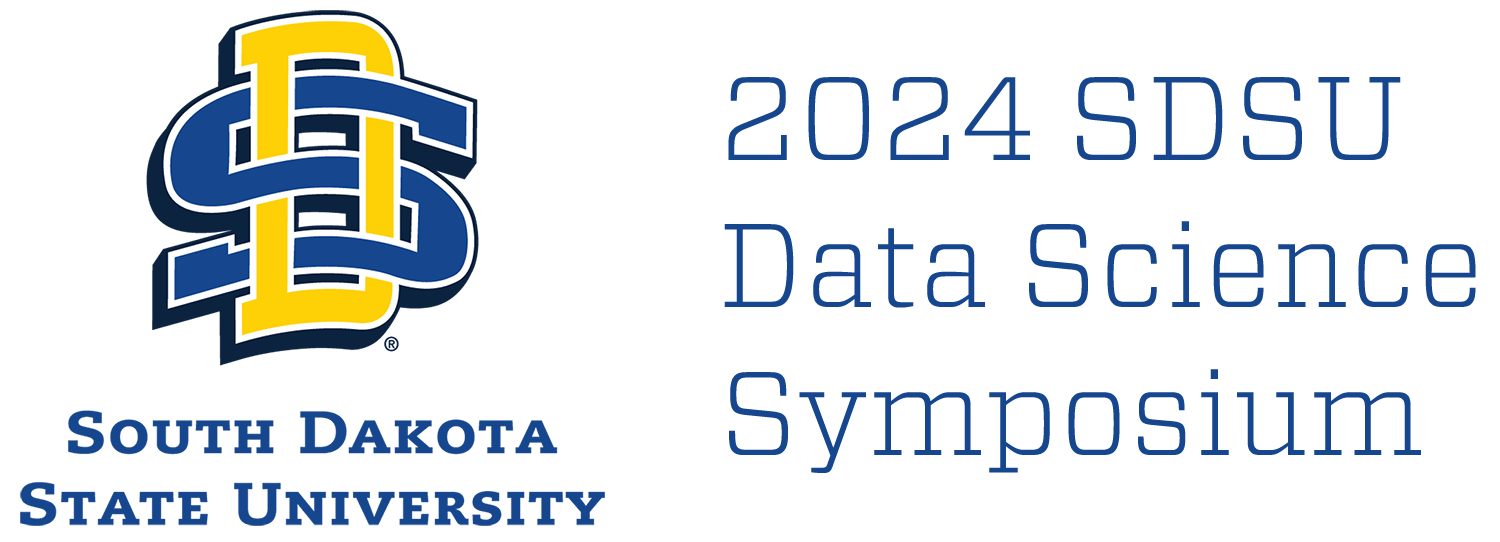Hierarchical Clustering of Small Arms Propellants with Pseudo-Metrics
Presentation Type
Poster
Student
Yes
Track
Forensic Statistics
Abstract
Small arms propellants (smokeless powders) are cost-effective and easy-to-obtain materials that firearms enthusiasts can purchase for the assembly of ammunition. These attributes make smokeless powders ideal for the construction of improvised explosive devices. Thus, there is a need to develop robust metrics for characterizing smokeless powders to compare known and recovered samples. Jarvis et al. (2023), measured eight size- and shape-dependent parameters for subsamples of 204 separate cannisters of smokeless powders. The data was examined using linear discriminant analysis in the context of a special resampling of a subsampling method. One criticism of this is that the particles do not have the same within-source distribution across all sources. To address this, we focus on developing a class of dissimilarity scores for two sets of particles being compared. This allows the use of k-nearest neighbor-like classifiers, and if the distribution of within-source scores is invariant to the source, the scores could be used to determine when exclusionary differences occur between two sets of particles. We will introduce this work by focusing on a class of score functions developed by Ommen et al. (2021, 2023), which is based on using linear discriminate functions to find the direction of maximal separation between two sets of aluminum particles (composed of measurements similar to Jarvis et al. (2023)), and the estimated posterior probabilities of each particle belonging to the first set of particles. We then measure the difference of the posterior probabilities between the two sets of particles with a projected one-dimensional Wasserstein L2 statistic.
Casey Jarvis, Devein Kress, Janean Hanka, Wayne Moorehead, and Jack Hietpas. Assessing the strengths and limitations of quantitative micromorphometry for the forensic examination of small arms propellant toward brand identification. Submitted to the Journal of Forensic Sciences after minor revision, May 2023.
Danica Ommen, Christopher Saunders, and JoAnn Buscaglia. Development and evaluation of a contrastive learning framework with applications to micromorphometry of aluminum powder used in explosives. In 11th International Conference on Forensic Inference and Statistics, June 2023.
Start Date
2-6-2024 1:00 PM
End Date
2-6-2024 2:00 PM
Hierarchical Clustering of Small Arms Propellants with Pseudo-Metrics
Volstorff A
Small arms propellants (smokeless powders) are cost-effective and easy-to-obtain materials that firearms enthusiasts can purchase for the assembly of ammunition. These attributes make smokeless powders ideal for the construction of improvised explosive devices. Thus, there is a need to develop robust metrics for characterizing smokeless powders to compare known and recovered samples. Jarvis et al. (2023), measured eight size- and shape-dependent parameters for subsamples of 204 separate cannisters of smokeless powders. The data was examined using linear discriminant analysis in the context of a special resampling of a subsampling method. One criticism of this is that the particles do not have the same within-source distribution across all sources. To address this, we focus on developing a class of dissimilarity scores for two sets of particles being compared. This allows the use of k-nearest neighbor-like classifiers, and if the distribution of within-source scores is invariant to the source, the scores could be used to determine when exclusionary differences occur between two sets of particles. We will introduce this work by focusing on a class of score functions developed by Ommen et al. (2021, 2023), which is based on using linear discriminate functions to find the direction of maximal separation between two sets of aluminum particles (composed of measurements similar to Jarvis et al. (2023)), and the estimated posterior probabilities of each particle belonging to the first set of particles. We then measure the difference of the posterior probabilities between the two sets of particles with a projected one-dimensional Wasserstein L2 statistic.
Casey Jarvis, Devein Kress, Janean Hanka, Wayne Moorehead, and Jack Hietpas. Assessing the strengths and limitations of quantitative micromorphometry for the forensic examination of small arms propellant toward brand identification. Submitted to the Journal of Forensic Sciences after minor revision, May 2023.
Danica Ommen, Christopher Saunders, and JoAnn Buscaglia. Development and evaluation of a contrastive learning framework with applications to micromorphometry of aluminum powder used in explosives. In 11th International Conference on Forensic Inference and Statistics, June 2023.

